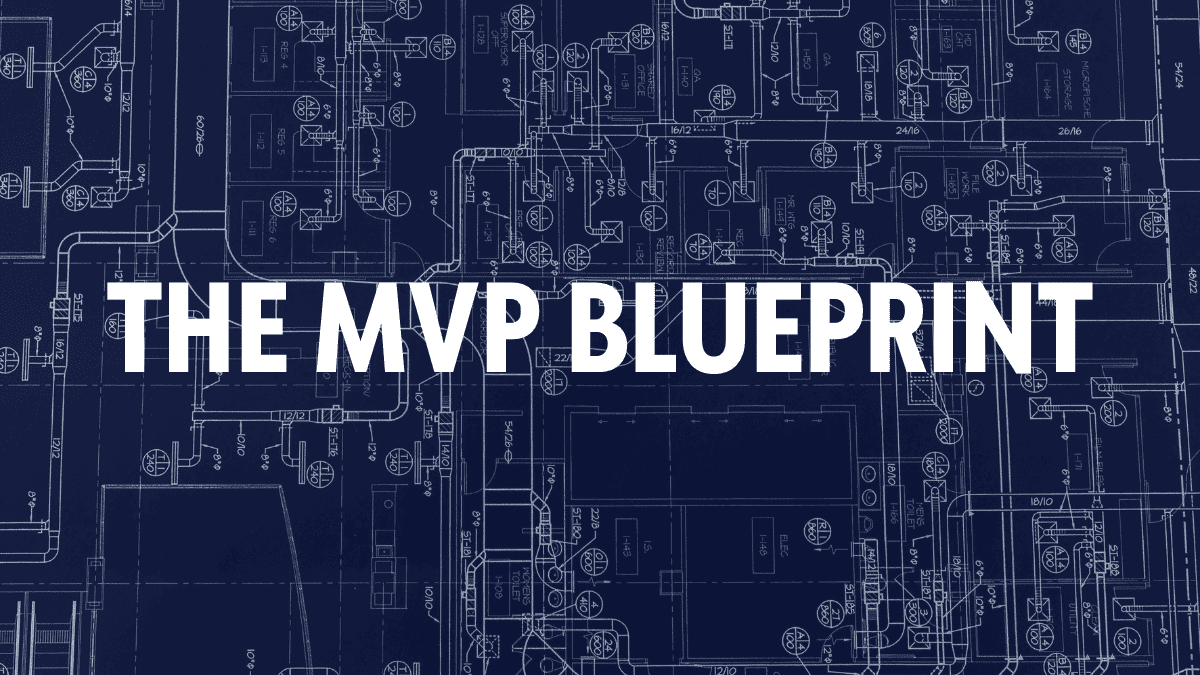Venturing into the startup world often revolves around a central product idea. But before investing significant resources, it’s essential to test this idea in the market. Enter the MVP – the Minimum Viable Product. Here’s a guide to building an effective MVP:
- What’s an MVP?: An MVP isn’t about launching a half-baked product but offering a solution with just enough features to attract early adopters and gather feedback. The core objective of building and shipping an MVP is to understand how your target users engage with the product and validating your idea and the target audience’s response to it.
- Identify the Core Problem: At the heart of your MVP is a problem you aim to solve. Clearly define this problem. Who faces it? How urgent is it? Your MVP should provide a straightforward solution to the core issue you are attempting to solve.
- Map Out Key Features: List all features your final product might have, and then ruthlessly prioritize. Which features directly address the core problem? Start with those. Avoid overthinking or complicating the product feature set at this point.
- Designing the User Experience: Simplicity is key. Early users should find the MVP easy to navigate and understand. If they’re confused, they may not return or provide the feedback you’re seeking.
- Building the product: Depending on you and your core team’s technical skills, this might be a stage to collaborate with developers or use no-code/low-code platforms to bring your MVP to life.
- Test Internally: Before unveiling to potential users, conduct internal tests. Ensure there are no glaring bugs and that the product addresses the problem as intended.
- Launch to a Select Audience: Instead of an all-out launch, start with a small, targeted group. These early adopters will be invaluable in providing initial feedback.
- Collect Feedback: This is the golden phase for an MVP. Engage with your users, conduct surveys, hold interviews, and gather as much feedback as possible.
- Iterate: Use the feedback to make necessary changes. Remember, every iteration brings you closer to a product that resonates with the market.
- Plan the Next Steps: With a refined MVP and a better understanding of market needs, decide on the next steps. It might be a more developed version of the product, seeking investments, or even pivoting based on feedback.
Building an MVP is a journey of discovery, learning, and iteration. It provides insights that can save time, money, and effort in the long run, ensuring that you’re building something the market truly needs.
This is post #4 in the series Idea to Scale, to view other posts click here.

